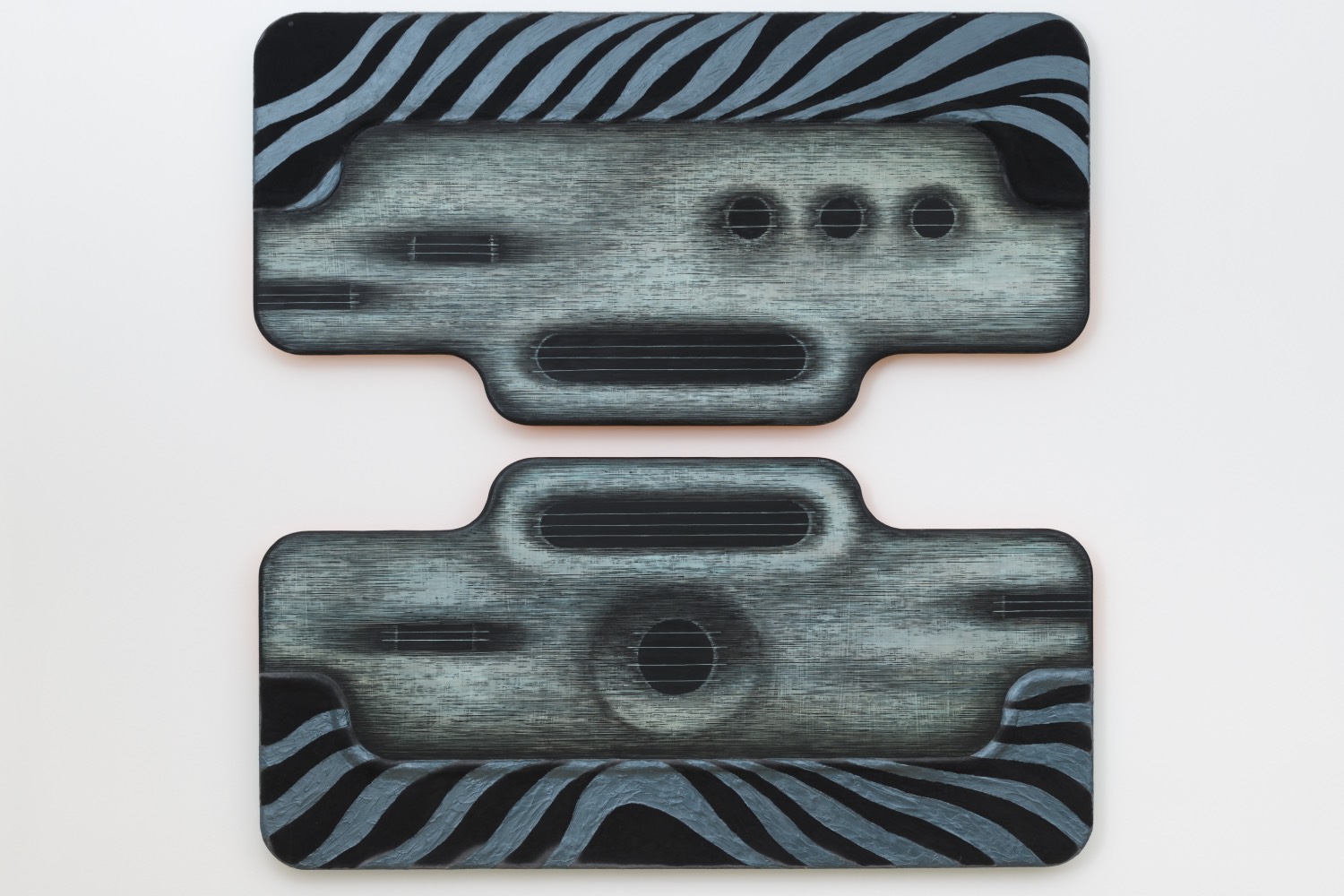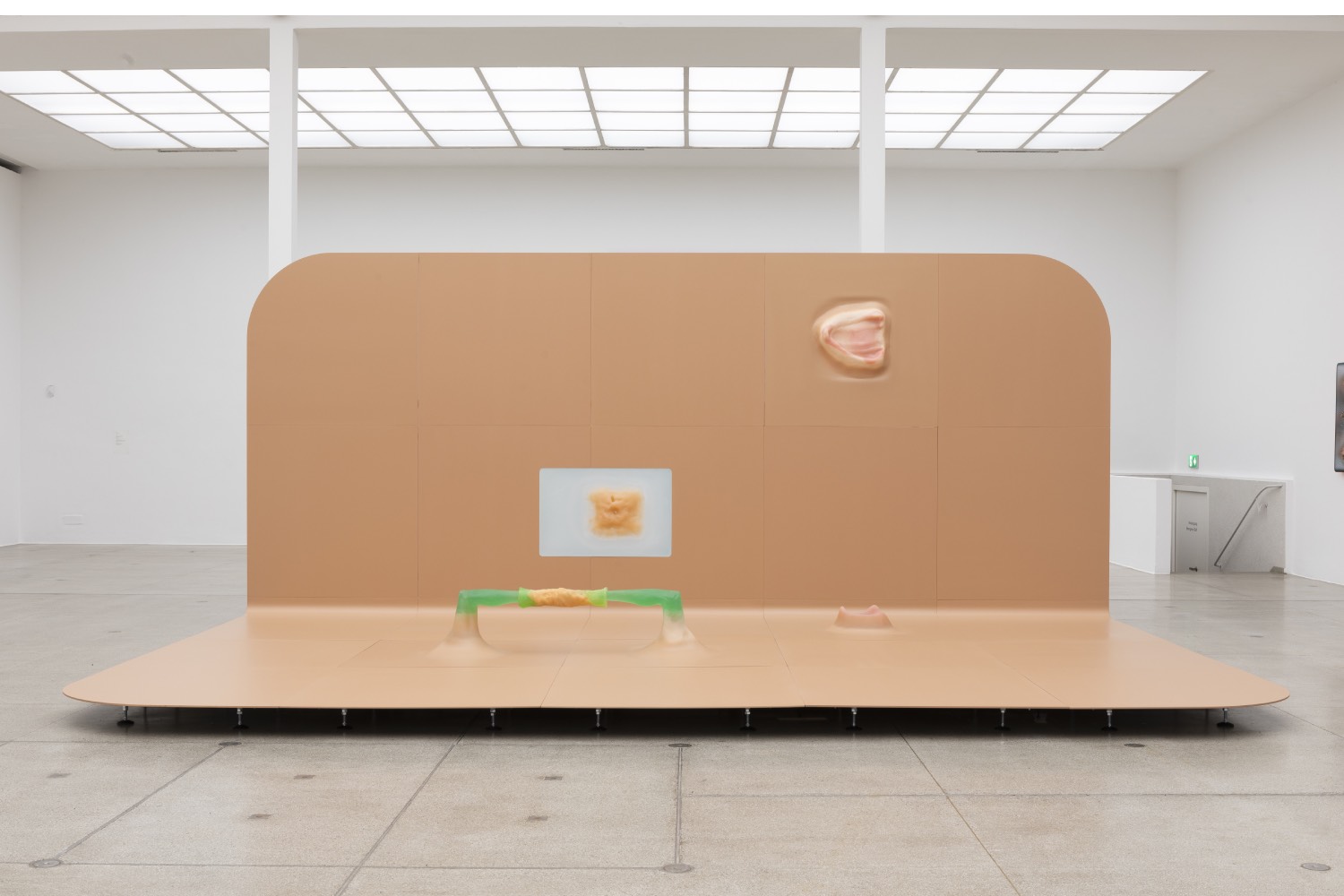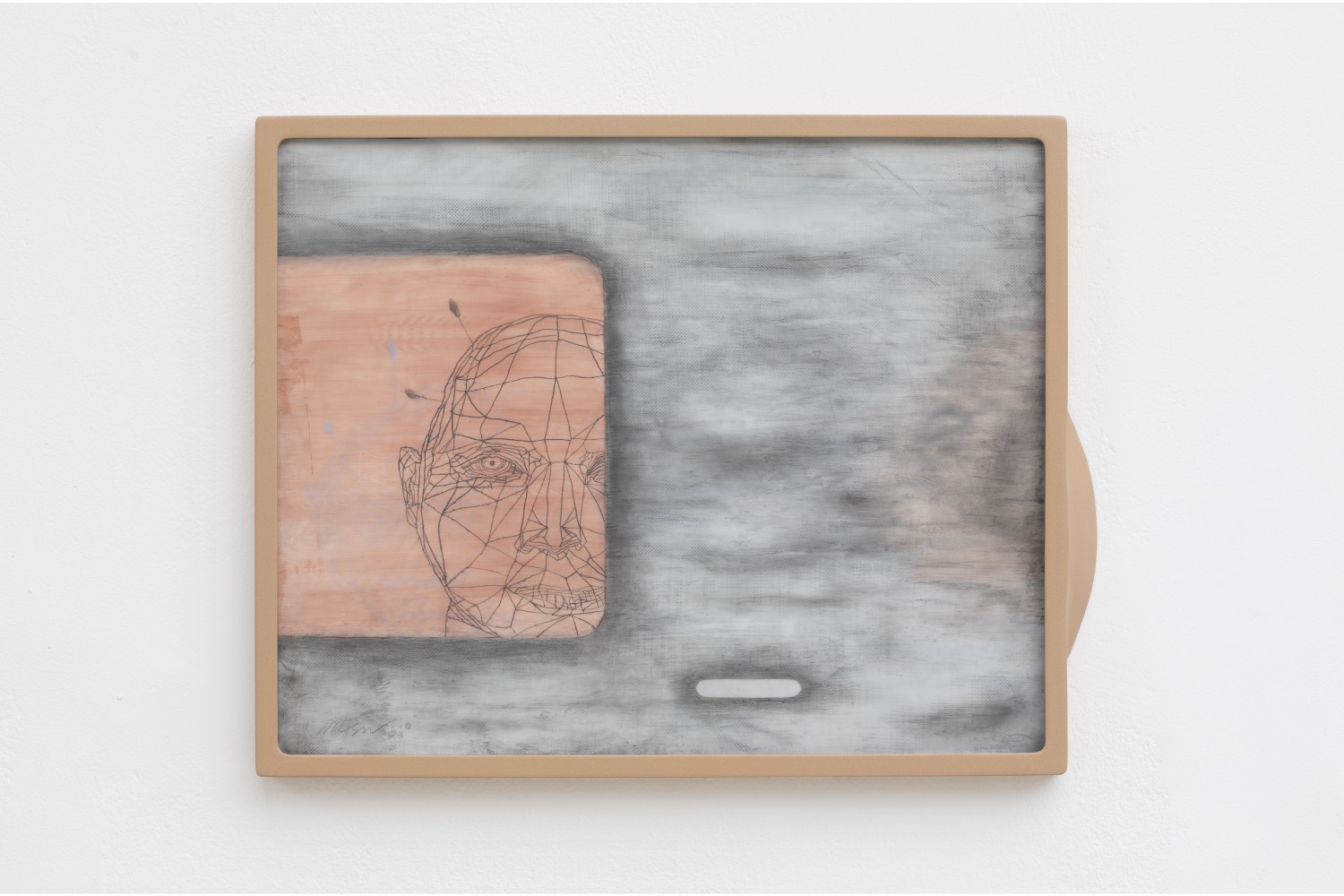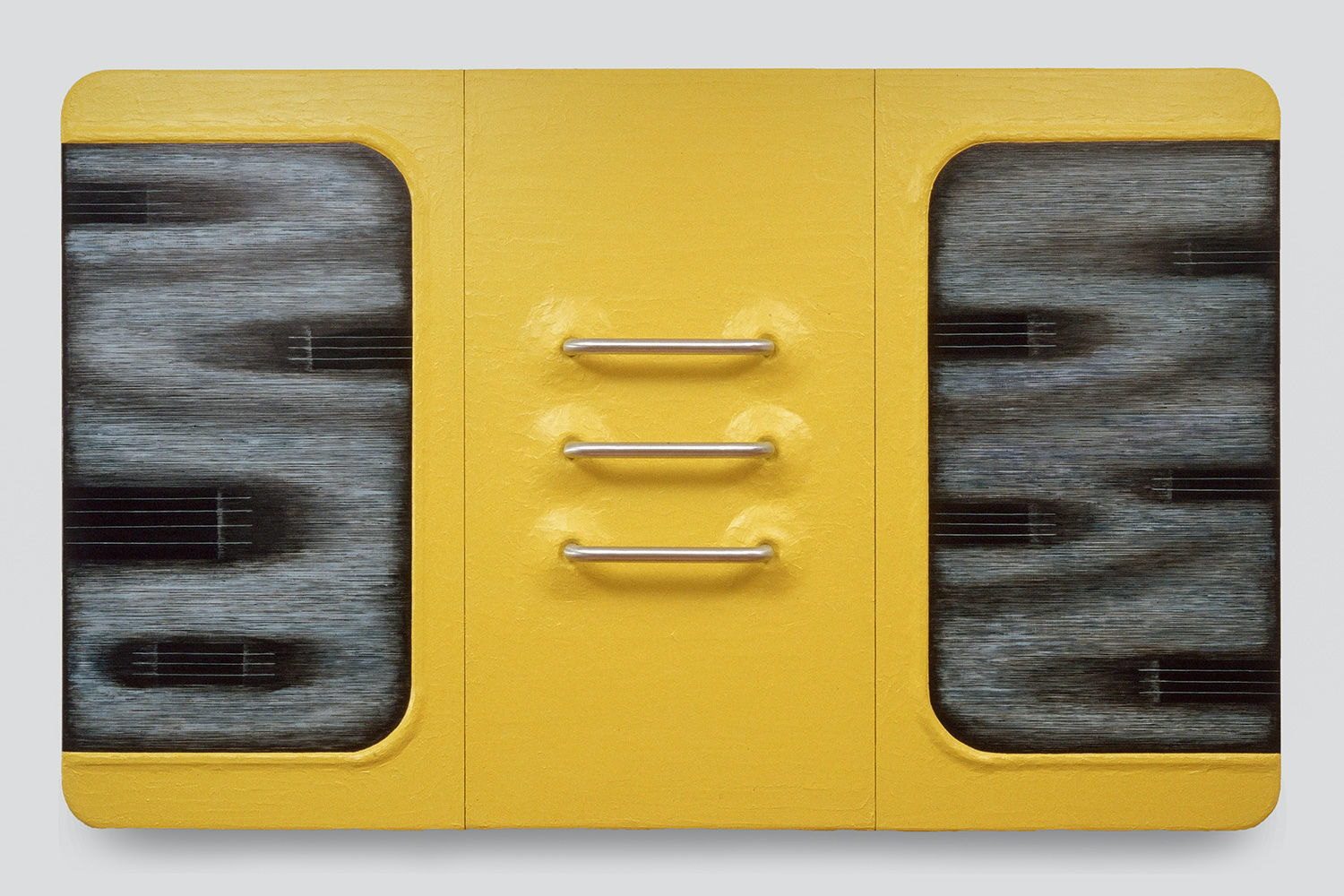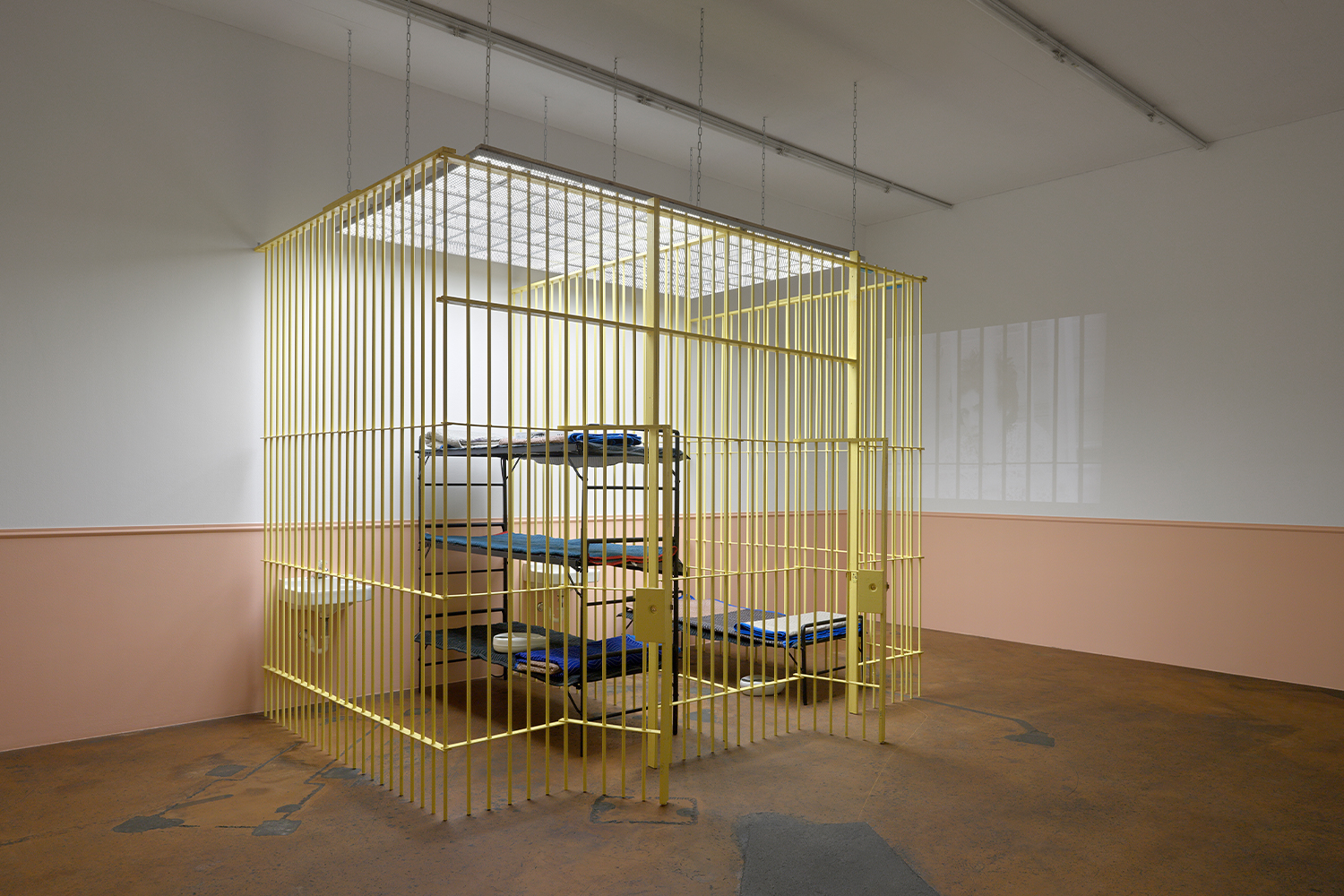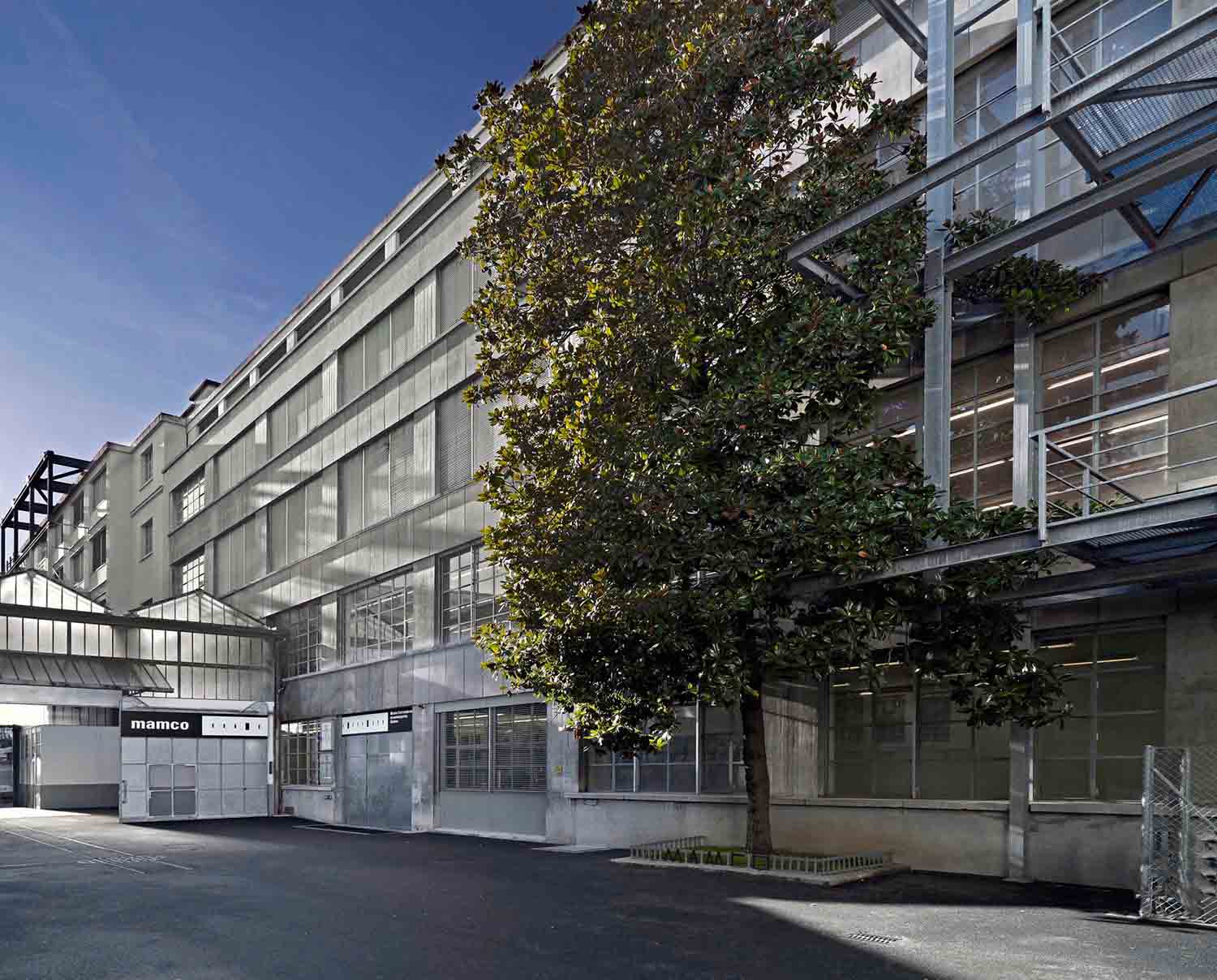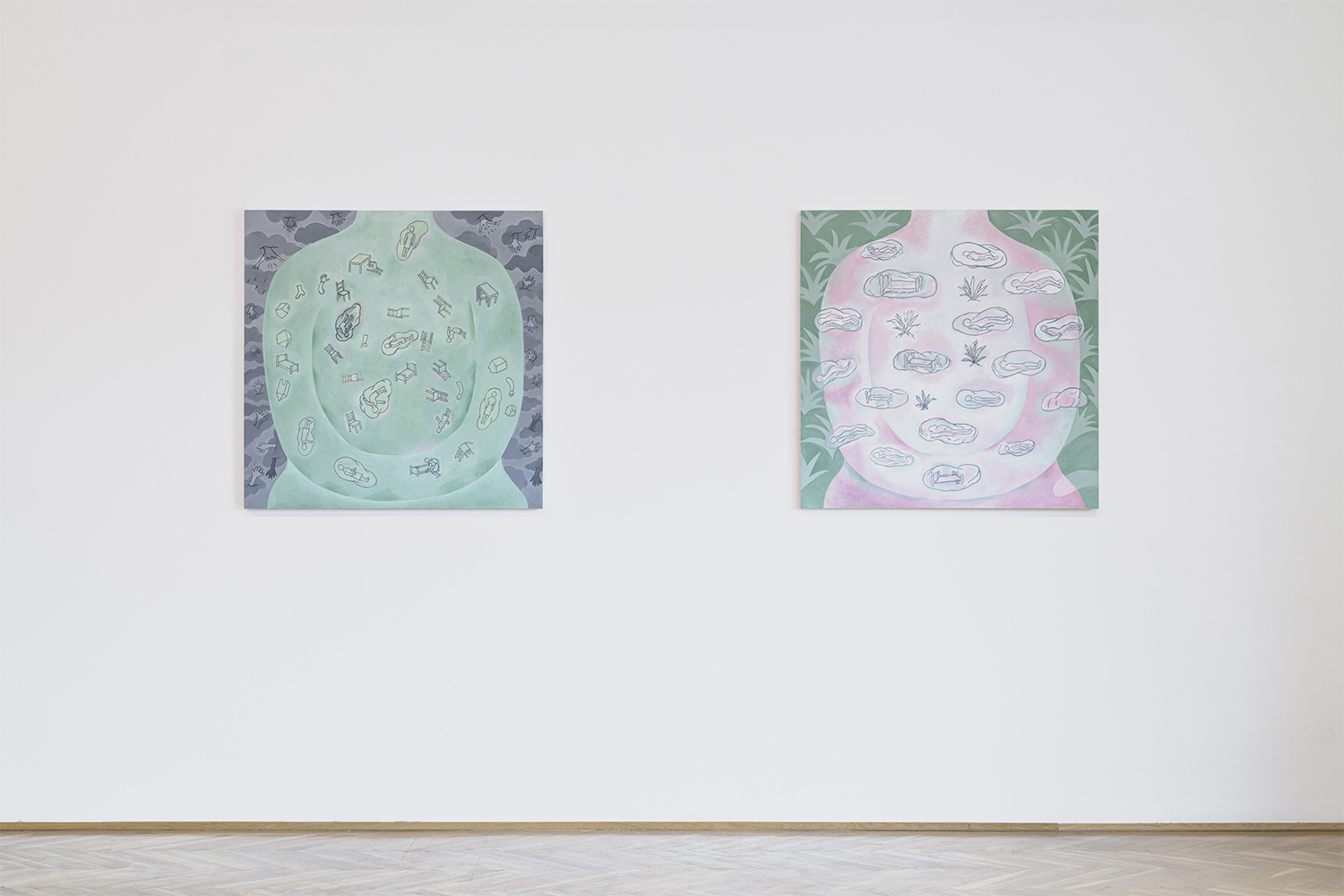“Cyberspace involves a reversal of the current mode of interaction with computerized information. At present, such information is external to us. The idea of cyberspace subverts that relation: we are now within information.” With these words in 1991, Marcos Novak, a pioneer in virtual architecture, portrayed cyberspace as a fluid and weightless environment, a realm where Euclidean laws lose their significance. His conception of liquid architecture is a space that exists, pulsates, and breathes. It is a nexus of interconnectedness and a journey into the realm of imagination, where linear thinking dissolves before a poetic perspective.
Novak’s depiction of liquid architecture offers a captivating lens for looking into Tishan Hsu’s originality. Defying categorization and embodying a unique presence in contemporary art, Hsu has cultivated a body of work spanning more than four decades. Often seen as reflections on the implications of technology and artificial intelligence, his pieces transcend mere futuristic evaluation, revealing fragments of a broader, more intricate intuition. Hsu’s creations form a dynamic cybernetic landscape, merging human and nonhuman elements, akin to Novak’s poetic fluidity. His first European retrospective, curated by MAMCO in collaboration with Vienna Secession, offers valuable insights into his evolving artistic journey.
The exhibition unfolds in chronological order, showcasing some of Hsu’s early works, including previously unseen pieces such as Edsel (1983), The Cross Product of Madame X (1984), and No Name (1986), alongside the latest creations crafted for this occasion, like grass-screen-skin/object 3 (2023) and mammal-screen (2023). Additionally, it features other works like screen-skin-ears with casts (2023–24), a site-specific wallpaper conceived for MAMCO, as well as drawings produced during the exhibition setup (gray-zone-9, gray-zone-10, and gray-zone-11, all 2024). The chronological sequence of the exhibition provides a comprehensive overview of Hsu’s linguistic and expressive evolution, highlighted primarily by his progressive adoption of increasingly larger dimensions and diversified materials, thus transforming these objects into seemingly ever-changing hybrid entities. A consistent feature in Hsu’s early works involves the utilization of industrial materials commonly associated with architecture, such as vinyl cement, which the artist employs to generate optical effects. Through the coarse texture and protrusions facilitated by this material, Hsu approaches the surfaces of his works not merely as paintings but as evolving entities, hinting at the presence of something beneath their surface, striving to come forth. An emblematic example is Blue Blood (1984): what initially appear to be cellular bodies are, upon closer inspection, a series of fissures akin to surface lacerations, through which an amorphous entity seeks to emerge. The progressively imposing scale of Hsu’s metonymic objects increases as one progresses along the path, serving as an ideal boundary between tangible, concrete reality and an uncertain, perhaps digital dimension.
The illusionary rupture of this boundary is subtly hinted at through the integration of three-dimensional elements. In pieces like grass-screen-skin/object 3 (2023) and skin-screen: emergence (quadriptych) (2023), the rigidity of cement gives way to silicone, a sinuous and flexible material reminiscent of human flesh. This transformation highlights a fundamental paradox that pervades both Hsu’s artistic production and the exhibition itself. While his works present themselves as tangible physical entities, they simultaneously serve as vehicles of illusion, emerging from the wall to interact with space. This interplay between concreteness and illusion underscores the evolving relationship between the virtual and material worlds.
An intriguing aspect of Hsu’s MAMCO retrospective is how these works are integrated within the exhibition space. Actively participating in the installation, Hsu meticulously sewed together his artistic objects, creating a sense of fluctuation through precise perspectives. From a specific vantage point, the observer perceives an illusion of continuity between different works. For instance, from the position of the sinuous object-sculpture mammal-screen (2023), one can perceive a connection with interface Wall 5.0: Geneva Gallery (2002/2024), a carefully adapted wall sticker for the museum’s walls, featuring distorted compositions of lips, mouths, and eyes, along with Interface Remix (2001) and screen-skin-ears with casts (2023–24), wallpapers specially created for this space. This sinuous ensemble suggests a sense of momentum and fusion with the rest of the space, in harmony with the fluid lines of mammal-screen.
Tishan Hsu’s first European retrospective offers the observer an opportunity for a hybrid experience, in which the illusory aspect of the artwork merges with its physical presence. For this to occur, one must detach oneself from the monolithic narrative of the world, opening up instead to new perspectives and multifaceted realities. Thus, the exhibition corpus invites us to shift our focus beyond the limits of the self, envisioning a territory where relationships between human and nonhuman intertwine deeply and dynamically, like a symphony in space. It is, as Novak envisioned in his liquid architecture, an incessant, reflective flow in constant evolution.


